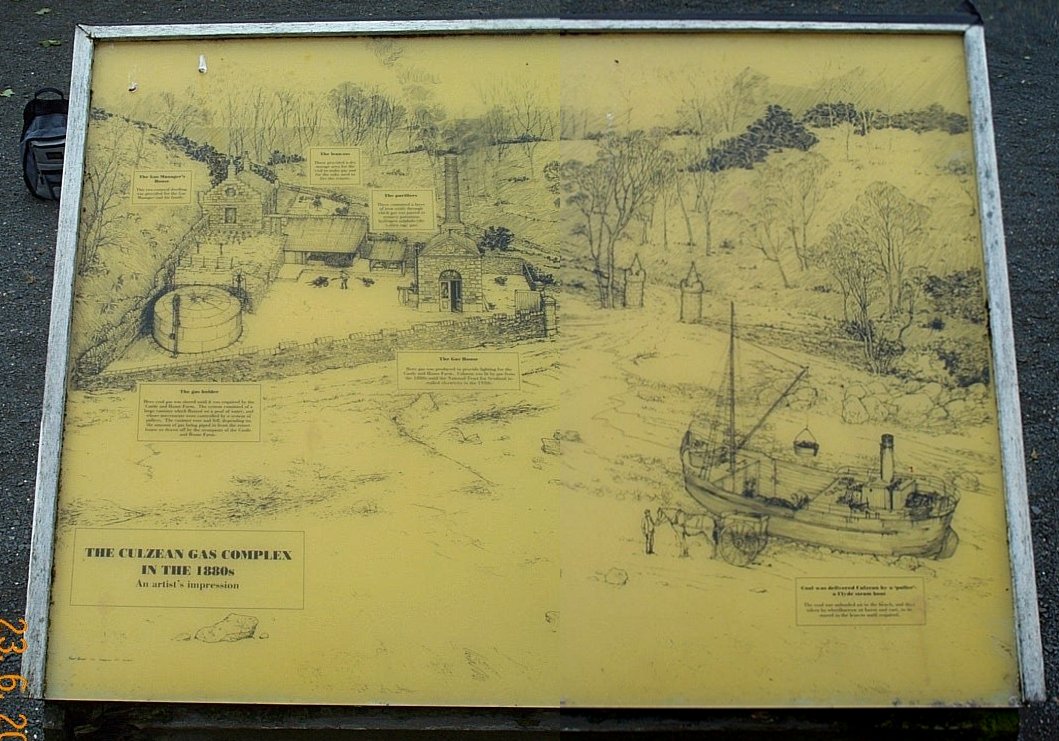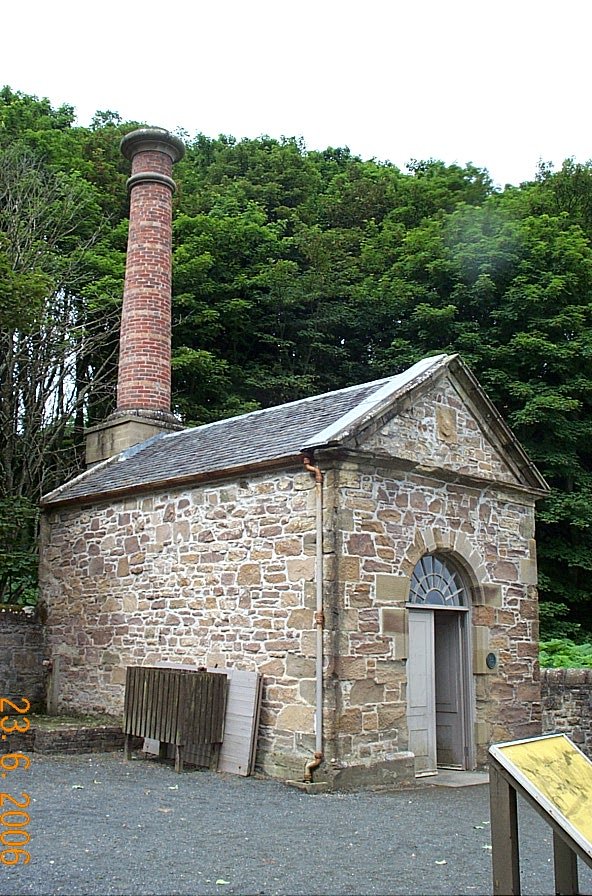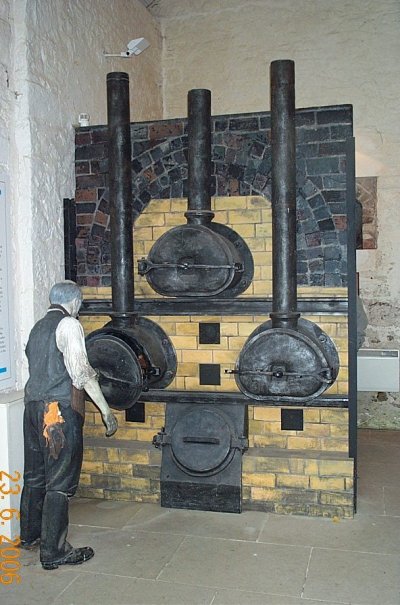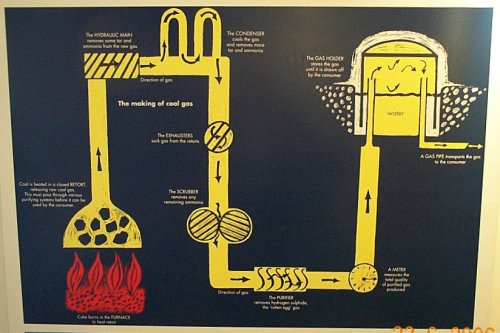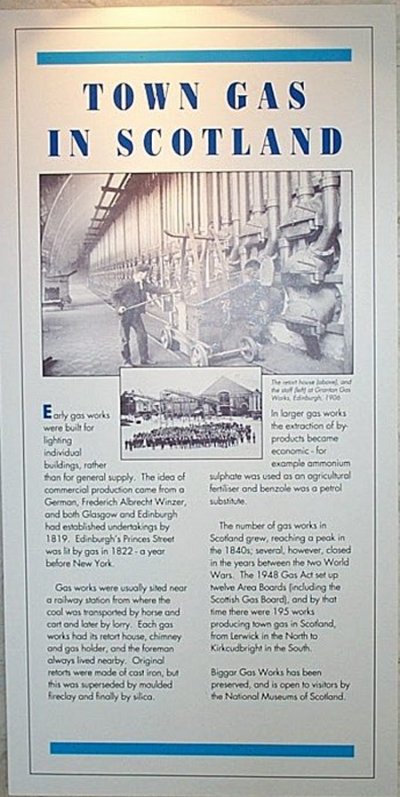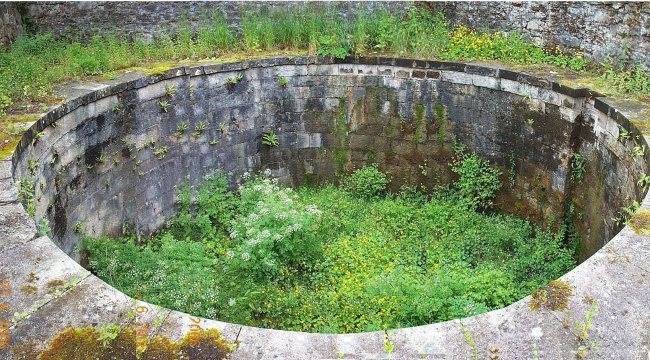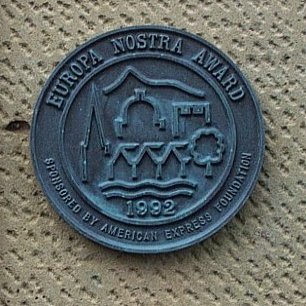| Culzean
Castle Small Gas Making Plant |

| During the 1800's the use of towns gas for
lighting was becoming very popular and the aristocracy
and landed gentry were keen to ensure that this new
method of lighting was used in their own stately homes.
Many stately mansions that were refurbished and
modernised during Victorian times had their own small
gas making plant built on the property. The Heritage Group has for some time been trying to find a Stately Home in the UK which had managed to retain its original gas making and gas storing plant and equipment. Sadly our research has shown that most of the properties which once had their own gas making plant are now left with just the remains of the buildings, in varying states of dilapidation. The plant and equipment having been completely removed. |
| However, all was not lost. One stately home in
Ayrshire, Culzean Castle now owned by the National Trust
for Scotland who have completely restored the original
buildings of the small gas making plant, which had
slowly become derilict over the past 50 years. The gas making plant was still in use up until the 1940's. The Castle was then connected to the local electricity supply network and the gas supply was then no longer needed and used. The two buildings at beach level have been restored and now become a small exhibition centre intending to educate and show people what this now defunct form of gas production was all about. The Gas Managers House has been converted into a Museum which through a series of information boards tells the story about the life and achievements of William Murdoch 1754 -1839 who is generally regarded as the "Father of Gas Lighting". |
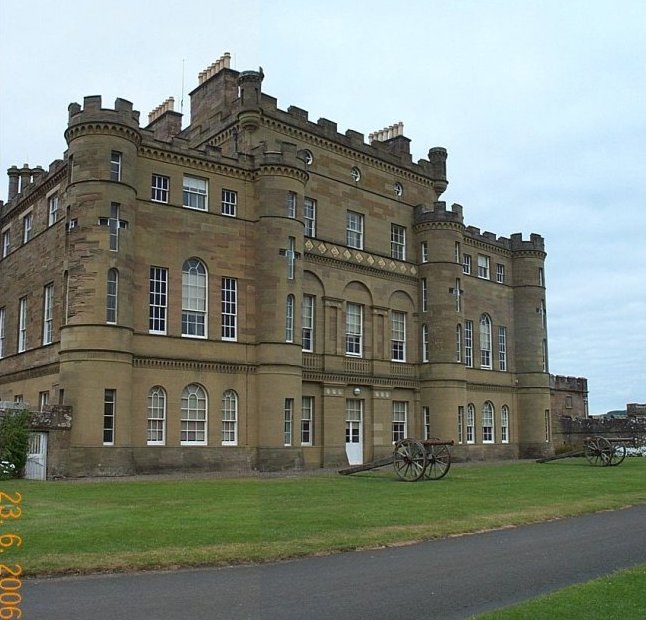
Culzean Castle
Originally spelt Cullean in the Victorian period
The Castle built at the cliff edge overlooking Culzean Bay was an ideal location where a small gas making plant
could be built, sited adjacent to the beach where small "puffer" boats could deliver the coal (which was used
to make the gas) right up to the shore, keeping the handling of the fuel to a minimum. The gas plant sited at
beach level was also then out of sight to the owners of the Castle.
